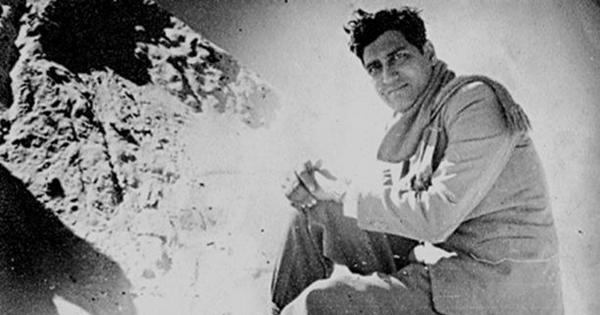In 1942, a young man fled Burma as a World War II refugee with his family and went to live in Bangalore with an uncle. This young man later joined the same film school as cinematographers VK Murthy and Govind Nihalani and landed up in Bombay in the late 1940s. Like his peers, he joined a film studio and worked for a pittance. He picked up enough skills to become a cinematographer, but instead chose to join the photographic film product company Kodak’s Bombay office as a salesman in 1950.
In 1953, he went to London to be trained in processing Eastman Color Negative, and was tasked with carrying a box of the stock back to India. He would spend four decades with Kodak, earning him the nickname “Kodak Krishnan”.
Krishnan Hariharan was indelibly associated with raw stock, the material that is the very essence and distinct marker of the pre-digital celluloid era of cinema. Krishnan’s job didn’t just involve selling the world’s best colour negative, but also…






